|
On a daily basis, we are pushing our teams for speed and cost. Do we get better, sustainable results? Neuroscience tells us we might be wrong in doing so.
Without going too deep into neuroscience, establishing new mindsets is literally about rewiring our brains. Neurotransmitters from new paths in our mind; this is creating new learning and helps us to transform. Two conditions support this rewiring. Our brain will only be able to rewire when we are in a positive emotional state; we are open to new thoughts and discoveries. In addition, the new neural paths will be build over time based on repeating the new patterns. One simple and effective way to start is to visualise the positive outcome and repeat towards achieving it. Instead of creating pressure, engage with our people and discuss with them how success looks like and what actions we think will lead us to this success. And let's have fun along the way. Source: The Neuroscience of Habits, by Brigitte Najjar (Udemy)
0 Comments
We at Hive17 Consulting are devoted to creating an environment for people to work with passion, engagement and fun via positive leadership and intrinsic motivation. We believe that it takes more than perfect processes, systems, organizational charts and value statements to make your company successful. Our people need to understand, shape and believe in the change journey. And for us, it is clear that this foundation will unleash people’s full potential.
"Instead of forcing change, create an environment where change can happen"
Andy Puddicombe How can you stay positive every day? For me it is about getting energy from within:
* know and live your values * be mindful * stay fit. Starting a sunny Friday after an early morning gym session... How do you stay positive? Yesterday I had lunch with a friend and we shared our recent stories, pondered about being great leaders, argued about how to coach people.
And in the middle of the conversation we agreed what it means to be successful (not that this is the holy grail): Be Yourself Every Day! Sounds simple and it is so difficult. Who I am? What are my values? What distracts me to follow my values? How do I feel today? Oh, I will try tomorrow... Give it a try now: for the next hour, be yourself... How does it feel? IMD Alumni invited us to a speech by Diana Wu David sharing her experiences and thoughts about how we can make ourselves Future Proof! Globalisation, Automation, Longevity all creating the need to look differently at the 'world of work'.
The future will bring lifelong learning, demands flexibility and soft skills, and requires us to be enabled by technology. How can we get there? And her thoughts really resonate with my experiences and believes: * Collaborate * Care * Create These behaviours and routines will lead to creating a more satisfying life for us as leaders and family members. The still open question is: how do we convert our top leaders to stop looking at the past (lagging indicators) and start embracing the future. Any thoughts from your side? It is 'Quick Share' time and let's look at People Excellence. I spoke about this topic last week and I received a great amount of confirmation for this.
For the last 150 years we keep automating - farming, then manufacturing and now services. This created a mindset that we can control people. In recent years, neuroscience showed people work better when we give them more freedom; with less control we achieve more. I think we need to focus more on the humans around us: 1. Engage in conversations and get out from behind the screens 2. Let's care about the things we are doing 3. Create a drive in people with purpose, autonomy and mastery Today's 'Quick Share' is about how do I get a productive day? So here is what I do:
1 - the evening before, I set my 2-3 tasks for the next day 2 - when I arrive at the office, I focus on task 1 first (no e-mails) 3- then after the first (mindful) break, I am going through my e-mails Here is the article that inspired me; in essence: > get rid of distraction > follow your own priorities (and not others') Happy Friday 10 daily tasks that will help you become successful over time
|
Subscribe
Receive our monthly themed summaries of our thoughts: click! TimTim is a change practitioner in the area of innovation and excellence. He is working with teams to accelerate innovation, collaboration and agility. Categories
All
Archives
March 2024
|
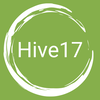
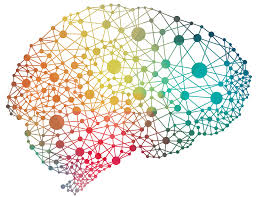

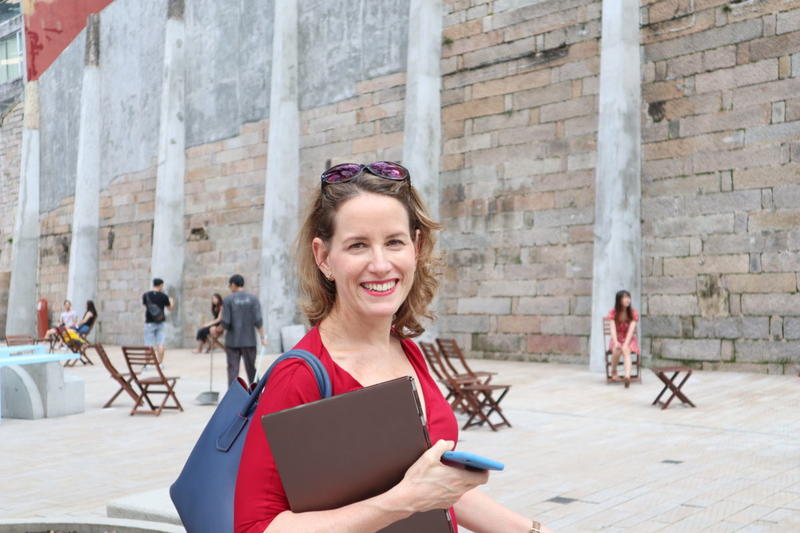
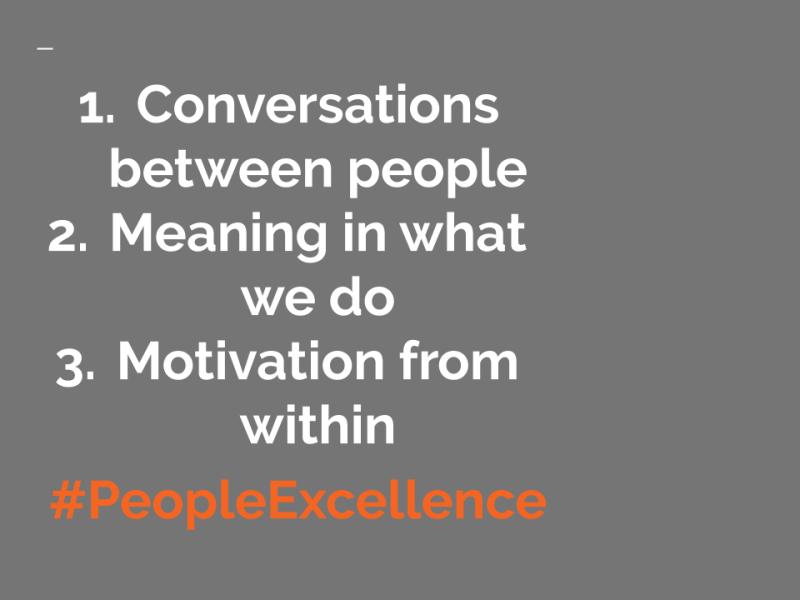

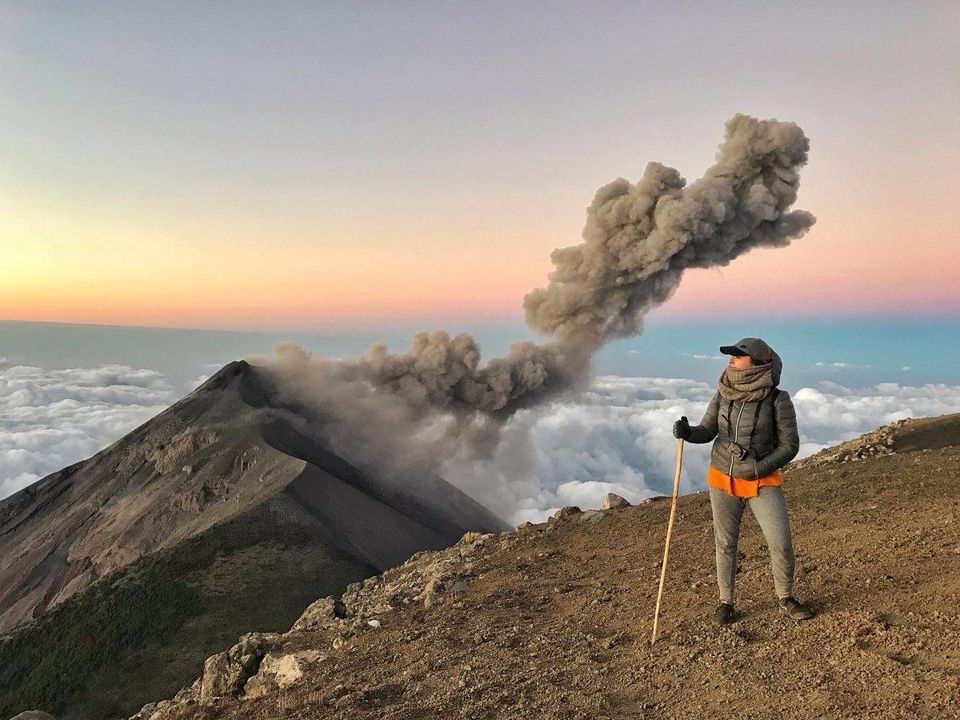
 RSS Feed
RSS Feed